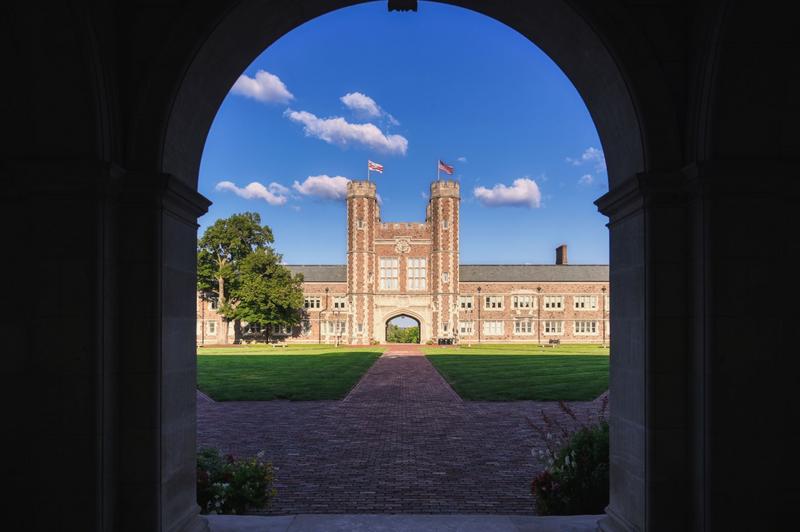As you shop around for colleges, know that the sticker price you see on the website, mailings and brochures isn’t necessarily the price you’ll be paying. In addition to providing financial aid to meet need, colleges and universities try to woo students with generous scholarship and grant packages as well.
In the end, those high-price schools can actually be pretty affordable. For instance, the full price for a private college may be upwards of $60,000; however, you could land a scholarship and financial aid package that totals $50,000. That makes the private college just as affordable – if not more so – than a public college or university.
With that, it’s important to apply to colleges regardless of their price. Maybe you could start with the top 10 most generous colleges, according to The Princeton Review?
Need any proof? Just look at the 10 colleges above. With merit scholarships and financial aid, these super expensive colleges can be just as affordable as a public, in-state university.
At the same time, you should apply to a few target financial schools too. These are schools that are financially feasible for your family, that would not require a large amount of student loan debt to attend.
Finally, community colleges can act as your safety school. In many areas, these institutions are free – or come at a considerably lower cost than a four-year institution. Many students opt to take their general courses at a community college for the first year or two and then switch to a four-year college in order to specialize in a specific major. This saves a lot of money in the long run.
Colleges with Best Financial Aid
- Skidmore College – Saratoga Springs, New York • Annual tuition and fees: $67,140 • Average financial aid package: $52,400
- Gettysburg College – Gettysburg, Pennsylvania • Annual tuition and fees: $66,640 • Average financial aid package: $48,573
- Washington University in St. Louis – St. Louis, Missouri • Annual tuition and fees: $65,790 • Average financial aid package: $61,752
- Franklin W. Olin College of Engineering – Needham, Massachusetts • Annual tuition and fees: $63,472 • Average financial aid package: $56,968
- Wabash College – Crawfordsville, Indiana • Annual tuition and fees: $49,800 • Average financial aid package: $38,991
- College of the Atlantic – Hamilton, New York • Annual tuition and fees: $45,630 • Average financial aid package: $47,997
- Thomas Aquinas College – Santa Paula, California • Annual tuition and fees: $31,000 • Average financial aid package: $16,882
- Reed College – Portland, Oregon • Annual tuition and fees: $69,350 • Average financial aid package: $50,413
- Williams College – Williamstown, Massachusetts • Annual tuition and fees: $68,560 • Average financial aid package: $70,558
- Princeton University – Princeton, New Jersey • Annual tuition and fees: $65,498 • Average financial aid package: $71,864

